Introduction :
Yoga is considered as “a way of liberation” which leads to the famous letting go.
Plunged between work, family and daily tasks, the individual does not find the time to relax, develop his body and discover himself. We live in an era where creativity, productivity and multi-tasking are the key words that make the practice of letting go very difficult.
In this regard, I invite you to discover Ashtanga yoga as a lifestyle that will help you clear your mind and relieve your tensions.
Definition of Ashtanga Yoga:
The term Ashta means “eight” and anga “limbs or parts” in Sanskrit, an ancient Indian language.
These eight members refer to eight founding principles of Ashtanga yoga: the moral rules "Yama", the discipline "Niyama", the body postures "Asana", the art of breathing "Prânayâma", inner listening "Pratyara", the control of emotions “Dhârana”, the meditation “Dhyâna” and the meditative contemplation “Samâdhi”. I will explain each principle in detail below.
The specificity of Ashtanga yoga remains in the fact that the postures are linked according to a predefined pattern. Thus, the postures during an exercise are more and more difficult to achieve, the individual cannot do a posture without the previous one being acquired. This particularity allows you to acquire patience.
Ashtanga yoga aims to promote a calming of the psychic state through meditation, thus revealing to the individual his enormous spiritual potential.
For this purpose, the body is stimulated by the breath, and the body temperature increases which allows the organism to detoxify. This practice also provides the energy and strength needed to find comfort.
Finally, to define this form of dynamic yoga differently, we can say that it is based on three singular principles:
- Ashtanga series: sequences of predetermined postures;
- Vinyasa: a synchronization between breathing and movement;
- Ujjay: a particular breath.
The History of Ashtanga Yoga:
It originated by Ramana Rishi between 500 and 1500 BC in the Yoga Korunta, a mutilated ancient manuscript. Then rediscovered in the 20th century by Sri Tirumalai Krishnamacharya, one of the greatest masters of yoga and developed by his student Sri K. Pattabhi Jois who in turn popularized Ashtanga.
The latter opened his Ashtanga school in 1948 in Mysore, India: the Ashtanga Yoga Research Institute, and wrote his classic “ Yoga Mala ” in 1958, which became the reference work for Ashtanga Yoga.
Since the 1960s, different students have come from all over the world to discover this style of yoga and contribute to its transmission, especially in the West, where this practice has attracted many people.
Who is Ashtanga yoga for?
This type of yoga is accessible to everyone, sports and non-sports, flexible or not (yet). There are levels so that everyone can practice it easily, regardless of the flexibility of the individual.
A real curative solution, Ashtanga yoga is particularly intended for anyone subject to physical and/or psychological pain, and for anyone who aspires to start an activity or maintain their physical condition and get rid of their negative energies in order to attract the most positive ones. It is therefore recommended for people who want to learn a discipline involving the body, breathing and thought.
However, it is essential that the person is convinced and motivated by Ashtanga yoga, since this practice requires regularity, discipline and patience and generally its interest is only perceivable in the long term.
For pregnant women, they can also practice it from their third month of pregnancy, but preferably they are not beginners.
The basic principles of Ashtanga Yoga:

Ashtanga yoga is based on eight limbs developed by Patanjali in his collection entitled " Yoga-sûtra ". It is a kind of philosophy of life that integrates:
- Yamas: rules of behavior
This first part refers to our relationships with others and external things. There are five Yamas that each individual must consider: do no harm to any creature (includes do not kill which involves becoming vegetarian, vegan or vegan), be honest, do not steal, be faithful and do not be greedy .
- Niyamas: self-discipline
This second member concerns the rules that each individual must adapt to himself. It includes: cleanliness within, cleanliness without, contentment, knowledge of the sacred texts.
- Asanas: body postures
Postures are essential in Ashtanga yoga because they stimulate the body, make it stronger and more flexible, thus bringing self-confidence. In such a way as to correct imbalances and stabilize in order to unite body and mind. In each posture the body is nourished by the vital breath (prana) to guide to a meditative state of letting go.
- Pranayama: breathing
“Prana” means breath and “yama” means control. It is therefore the control of the breath through a set of breathing exercises. It is a beneficial practice for health, it helps to eliminate stress and physical and mental toxins. The duration of inspiration and expiration should be the same, so this exercise should be done through the nose, this is called Ujjayi.
- Pratyahara: withdrawal of the senses
Generally, our five senses are constantly stimulated and drawn outward by material things. This incessant search leads to a difficulty in distinguishing desire and need, as well as an inability to remain enjoying the present moment. Pratyahara helps to control the senses and calm the mind to ensure inner stability, through concentration on the breathing rhythm.
- Dharana: concentration
It is the art of concentration, where the five senses are focused on a single external object, a vibration or a rhythm within oneself. Thus, during which no other information enters the mind.
- Dhyana: meditation
Meditation is primarily based on the exercise of concentration based on maintaining exclusive attention on a single object. The latter can be a landscape, a sound, a text, a song, a mantra, a visualization, a geometric figure,...
This technique refers to the ability of the consciousness to talk in awakening focused on the same object without being distracted.
- Samadhi: enlightenment
It is the state of mindfulness called nirvana in Buddhist philosophy. It is the union between the self (Atman) and the absolute (Brahman).
How is it practiced?
An Ashtanga session begins, first, with a mantra, "instrument of thought" in Sanskrit. You can find an example here . Secondly, you can practice a series of postures, specific to this type of yoga, with rhythm and fluidity, keeping the attention on the breath.
It is essential to note that all series of Ashtanga Yoga begin with sun salutations and standing poses, so they all end with the same ending sequence. What varies between these two parts is the postures which depend on the series.
There are 3 series of postures for Ashtanga yoga:
- The first series: Yoga Cikitsa – the therapeutic series
This series provides internal detoxification by reducing impurities and guarding against disease through improved blood circulation and perspiration. Thus, it strengthens the nervous system and generates a healing process.
- The second series: NADI SODHANA
Nadi means: the path that the vital flow follows in the body. SODHANA means: cleaning, purification.
This is the intermediate series which develops the objectives of the first series and allows you to work more on the nervous system and deep emotions.
You can move on to this series when the first has been practiced and mastered for a long time.
The two series together form a complete and homogeneous whole which prepares the body and the mind for the following series which is more intense.
- The third series: Sthira Bhaga - sublime serenity
Sthira means: strength, immobility, stability, constant. Bhaga is the God, responsible for the just distribution of wealth, power and strength.
This is the advanced series, which combines power and grace, is broken down into 4 series, which completes the first two series. It offers an intense purification of the central nervous system.
Before embarking on this series, it is recommended to practice and master the two previous ones.
This last series develops the preparation of the body and the mind for the work of Pranayama (the control of the breath) thanks to its potential for "deconditioning".

Finally, you can close the session with a closing mantra and then with Shavasana (reclining posture on your back) to gently exit the practice.
You can practice Ashtanga yoga 6 days a week in the early morning when the mind is not yet cluttered with daily concerns, and even before having a meal.
Conclusion :
At the end of this blog, I can tell you that Ashtanga yoga is a powerful method that deserves your full attention. She will surely teach you to reconnect with yourself and have a balance in your emotions. It is a real initiatory journey towards self-discovery.
Give yourself this appointment with your mat , you just have to be patient and motivated, because all the postures take time to master. Thereafter, enjoy the dazzling effects of Ashtanga yoga on body and mind, you will come out of it stronger.
As Pattabhi Jois said “Practice, practice, practice and everything will come” so “yoga is 99% practice, 1% theory”.
Now to your mats !
Don't forget to share your feedback with us.
I present to you some books to learn more about Ashtanga yoga:
- The yoga-sutras, of patanjali: the spirit of yoga
- Yoga mala, from sri pattabhi jois: the garland of yoga
Enter the practice of ashtanga yoga, by Caroline Boulinguez

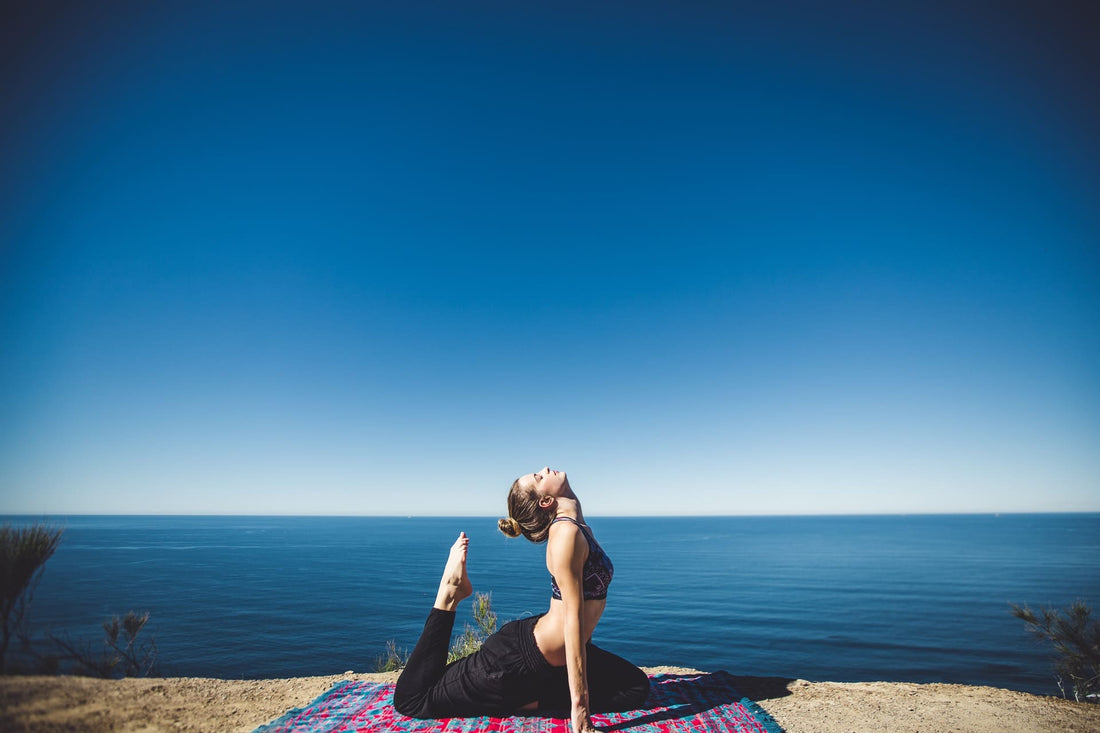
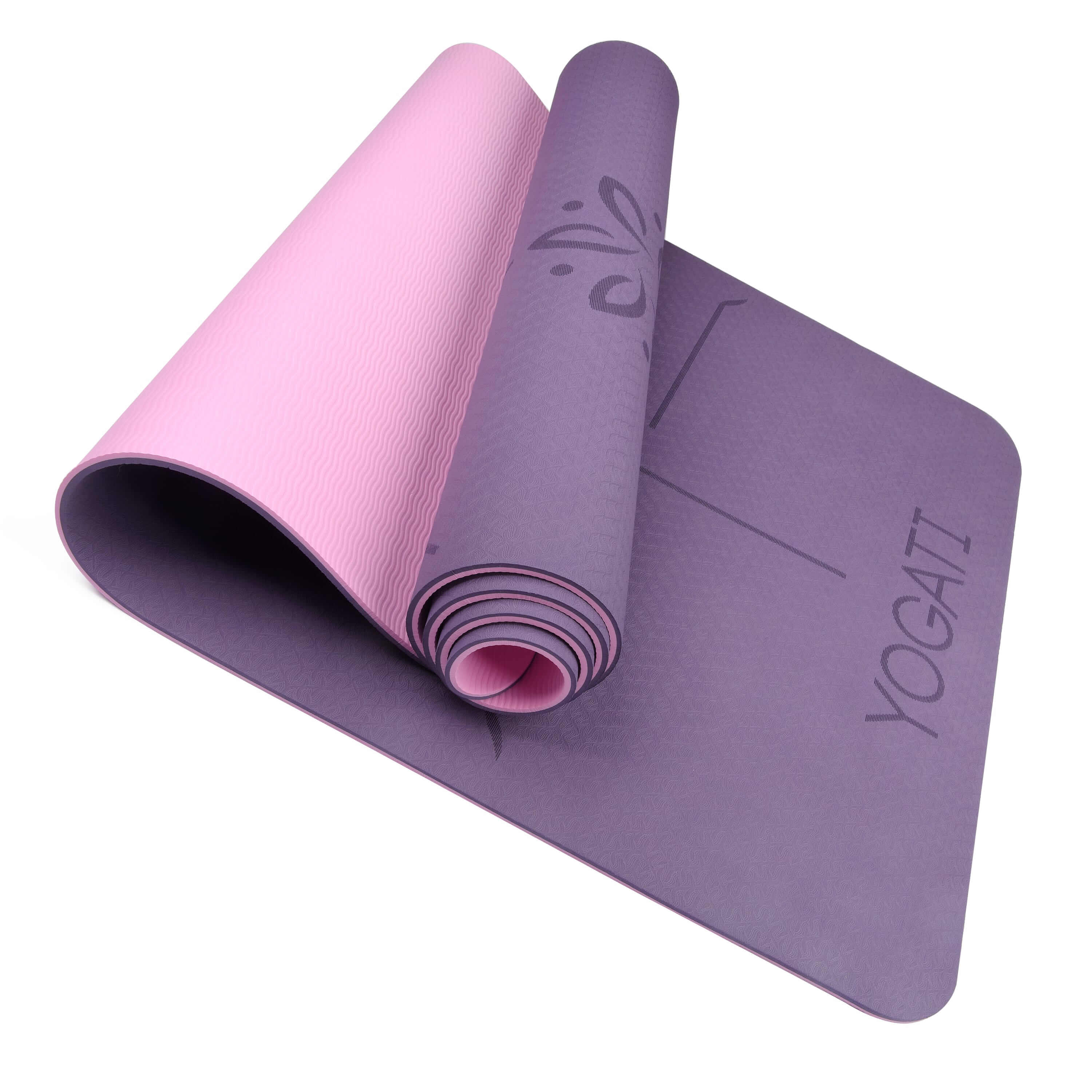
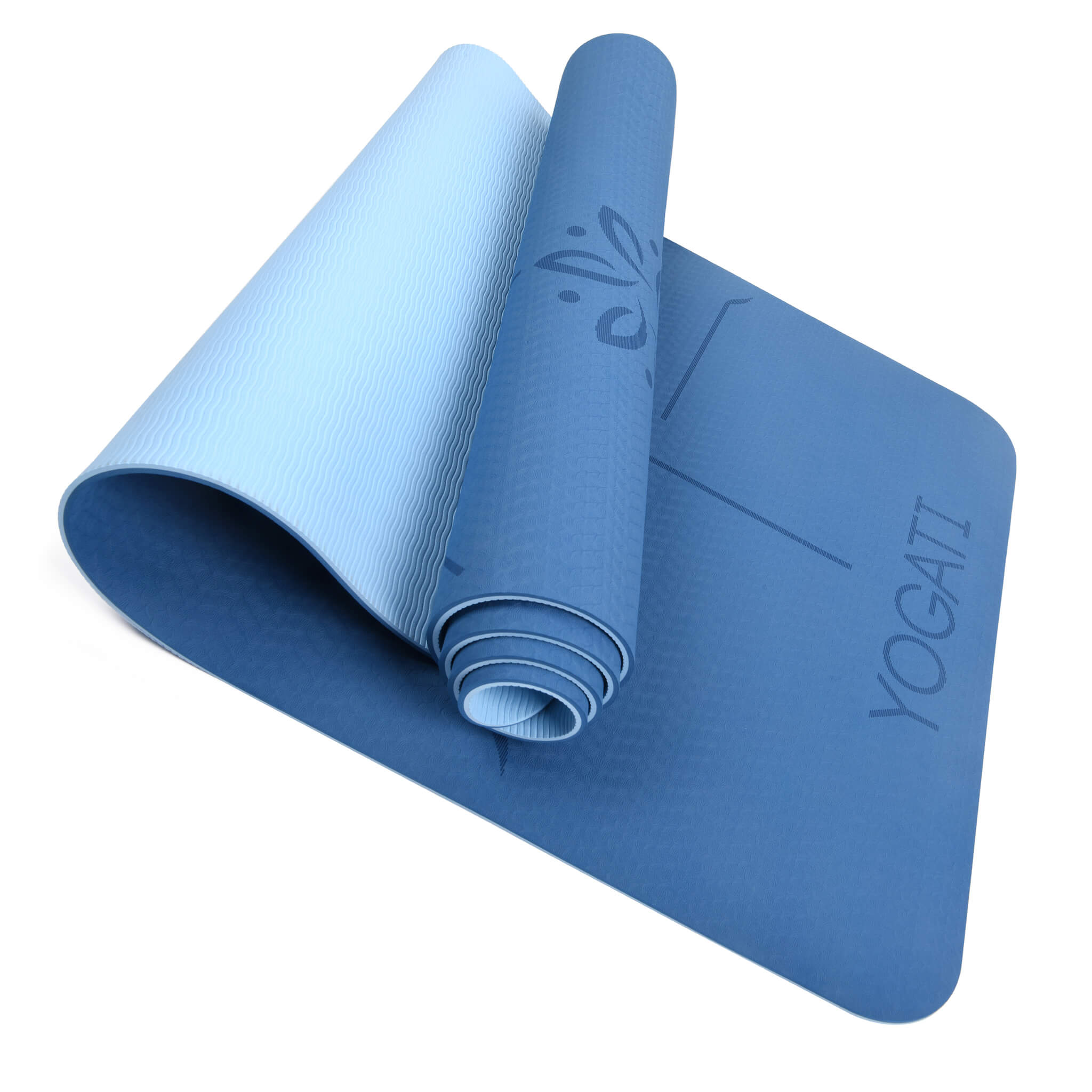
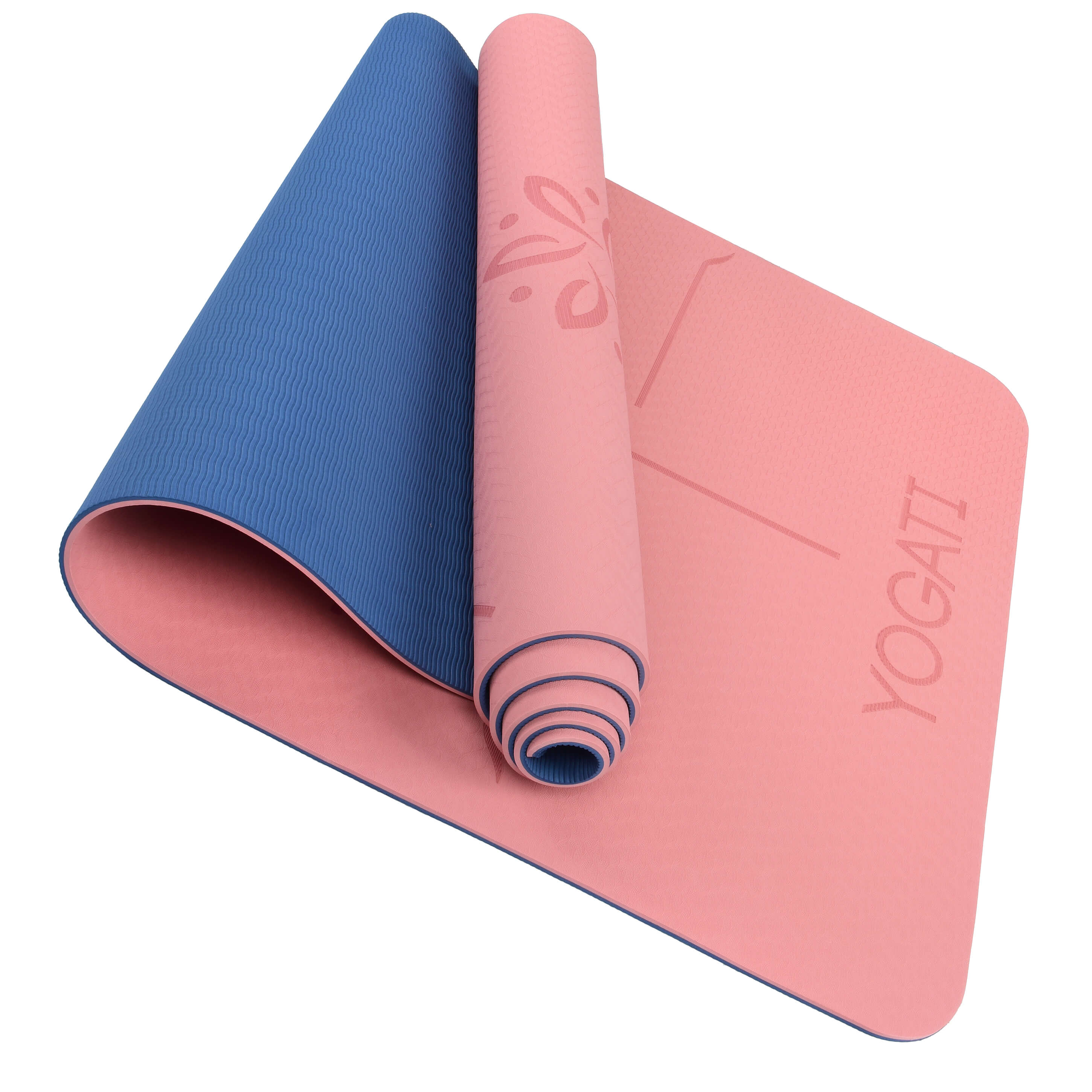
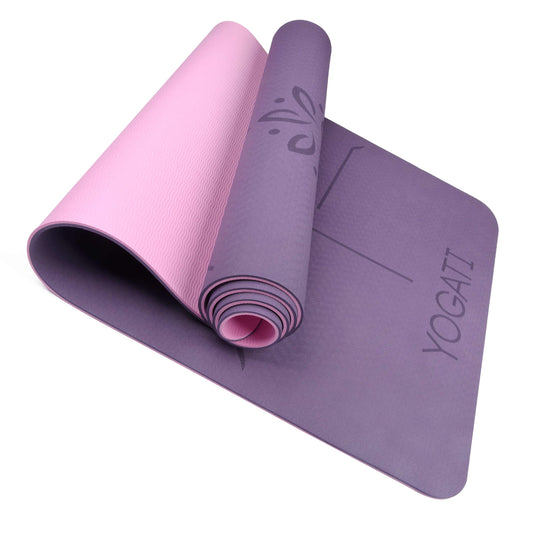
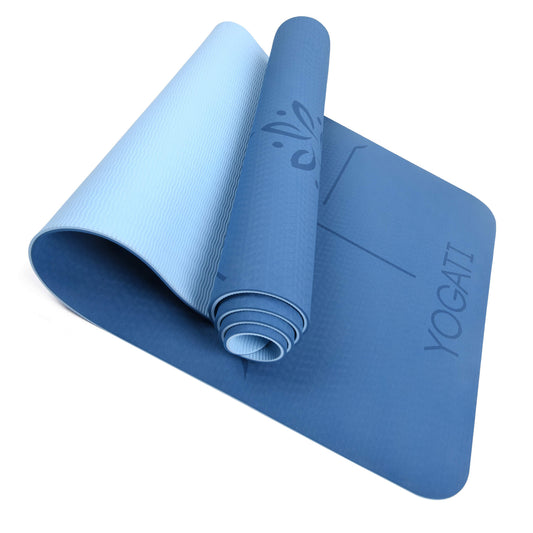
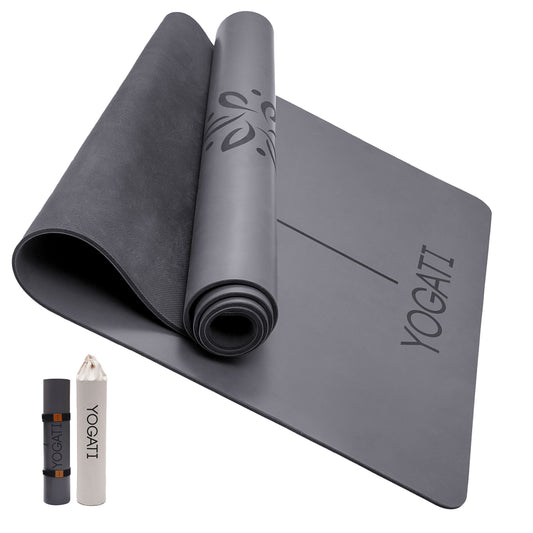
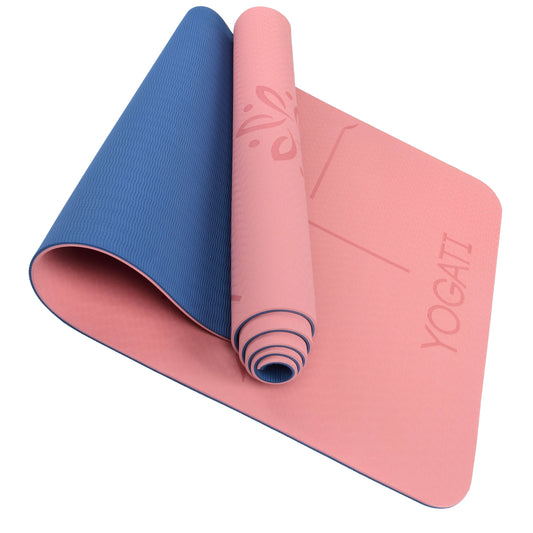
1 comment
Muchas gracias. ?Como puedo iniciar sesion?